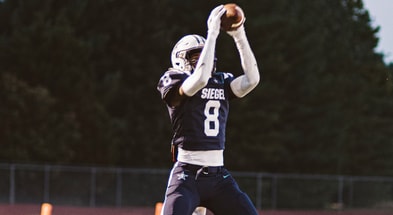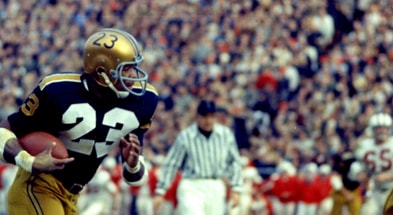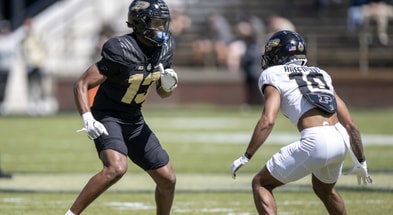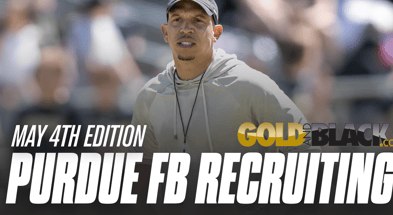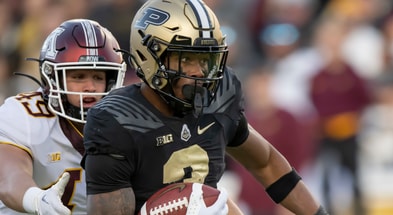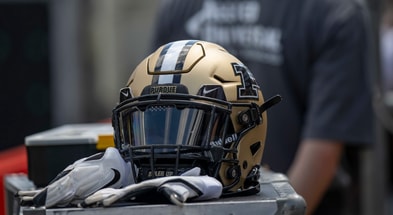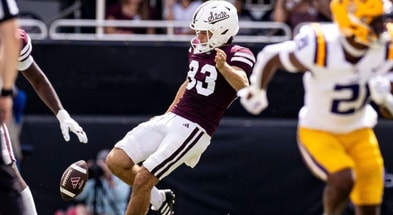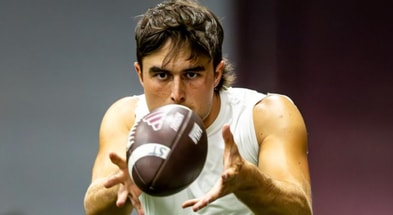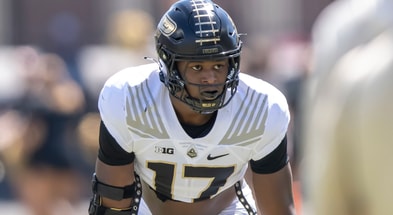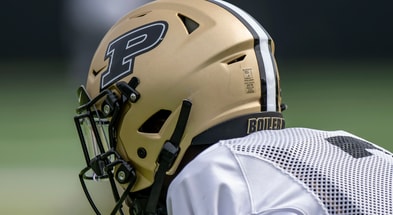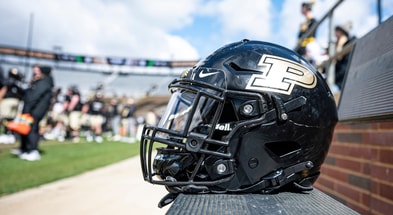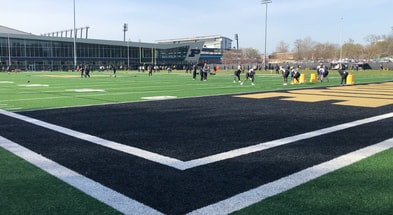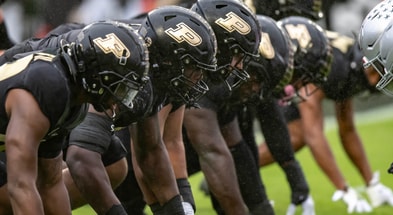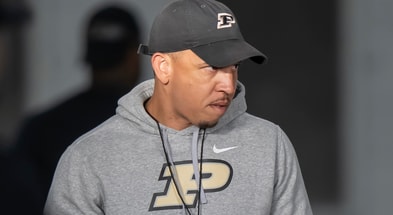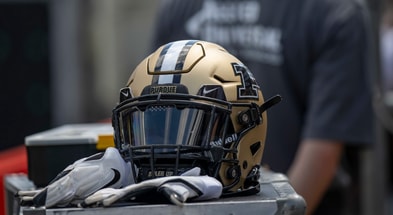100 Years of Purdue football at Ross-Ade: 2004-13
As we celebrate the 100th season of Purdue football at Ross-Ade Stadium, we will take a decade-by-decade look at the history of this almost century-old facility.

After big 2002-03 renovation, a relatively quiet period for Ross-Ade
Not surprisingly, after the $70-plus million Ross-Ade Stadium renovation, there was little done to the facility in the next decade. In 2004, a limestone and brick tunnel was dedicated to the memory of the 17 football players, coaches, alumni, and fans who died in the 1903 Purdue Train Wreck in Indianapolis. In June 2006, the Kentucky Bluegrass was replaced by Bermuda Grass, which included the need to color the field during the November games artificially. Prescription Athletic Turf system remained in use after the Bermuda Grass was installed. Purdue was one of the only schools north of the Mason-Dixon Line (and the only Big Ten school) with a Bermuda Grass surface. In July 2006, Purdue announced a 10-year partnership with Action Sports Media, which allowed for installing a new video board to the tune of $1.7M.
The capacity remained at 62,500 throughout the period, though it would change with the removal of seating in the South end zone in 2014.
Ross-Ade’s signature moment(s): 2004-13
If your glass is half full, this was the signature moment:
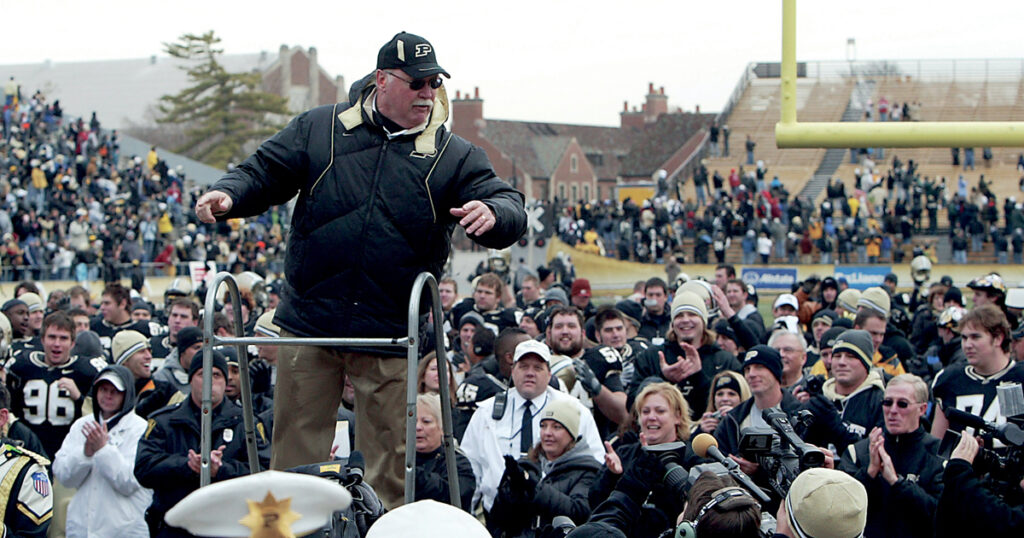
And if your Purdue glass is half-empty, it is hard to argue that this play wasn’t the most memorable:
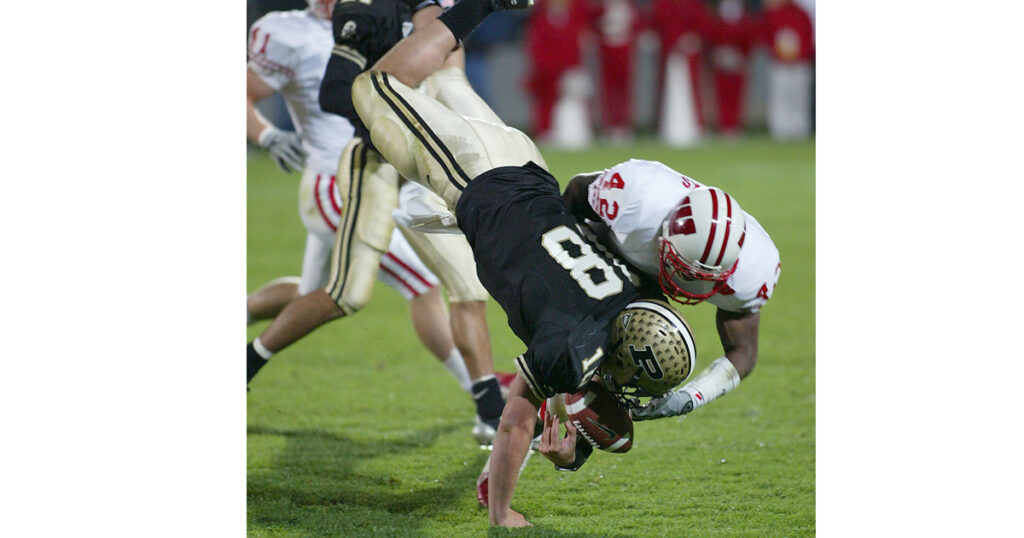
Purdue’s Ross-Ade Stadium W-L Record: 2004-13
Buoyed by a relatively successful home record in Tiller’s final five years, Purdue won 37 of 68 games (54.4%). It ranked as the seventh-best decade of the last century. The Boilermakers’ home attendance averaged 53,142 per game, the fourth-best 10-year period. Purdue benefited from having Notre Dame on its schedule every other year, though the home sellout streak against the Irish ended in 2009.
Purdue best player in Ross-Ade: 2004-13
Defensive end Ryan Kerrigan (2010) and slot receiver Taylor Stubblefield (2004) earned consensus All-American status moving them to the top of the list. Yet, Kerrigan should get the nod because he was Purdue’s first unanimous consensus pick in 30 years since quarterback Mark Herrmann and tight end Dave Young earned such status.
The best individual opponent(s) to play in Ross-Ade: 1994-2003
This is a hard one. Ohio State’s Troy Smith, who won the Heisman in 2006, played in Ross-Ade in 2004 but was relatively pedestrian in the Boilermakers’ come-from-behind victory. Ohio State linebacker James Laurinaitis was a three-time All-American who helped the Buckeyes nearly shut out Purdue in a 23-7 win in 2007. Fellow OSU linebacker A.J. Hawk was a two-time All-American in 2004 and ’05 and was worthy of consideration.
Related: Ross-Ade Stadium Decade 1; 1924-33 | Ross-Ade Stadium Decade 2; 1934-43 | Ross-Ade Stadium Decade 3; 1944-53 | Ross-Ade Stadium Decade 4; 1954-63 | Ross-Ade Stadium Decade 5: 1964-73 | Ross-Ade Stadium Decade 6: 1974-83 | Ross-Ade Stadium Decade 7: 1984-93 | Ross-Ade Decade 8: 1994-2003
Note: Author Tom Schott’s 2008 book “Purdue University Football Vault: The History of the Boilermakers” is a valued source throughout this piece.
